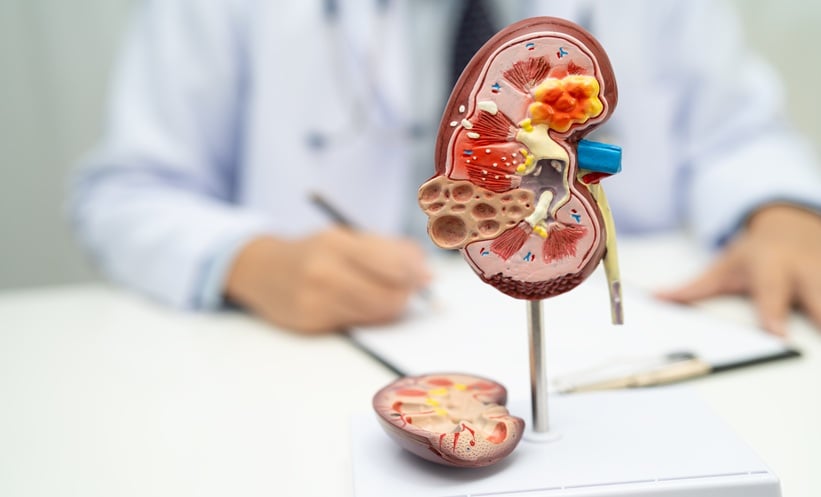GASTROINTESTINAL (GI) complications, such as postoperative ileus (POI) and intra-abdominal infections (IAI), are a frequent problem following radical cystectomy, with rates reported between 14 and 29%. Traditionally, bowel preparation and intraoperative irrigation were used to reduce contamination during urinary diversion. However, the adoption of robot-assisted radical cystectomy (RARC), especially with intracorporeal urinary diversion (ICUD) and enhanced recovery after surgery (ERAS) protocols, has meant these steps are often omitted. Although iRARC with ERAS is associated with faster bowel recovery, a substantial number of patients still experience POI, particularly those who are frail.
This study investigated the microbiota of the distal ileum in patients undergoing iRARC without bowel preparation, using direct sampling during ICUD. Patients received cefmetazole as perioperative prophylaxis. The results showed that bacterial loads in ileal faeces were substantially suppressed in most cases (88.3%), confirming the efficacy of antibiotics. However, residual bacteria or fungi were identified in ascitic fluid cultures in 27.4% of patients, and these were significantly linked to POI and IAI. Importantly, frailty was associated with the persistence of microbes, indicating a distinct microbiota compared with non-frail patients.
Interestingly, the quantity and duration of faecal exposure during surgery did not appear to determine GI complication risk. Instead, the presence of residual pathogenic organisms, particularly Enterococcus and Enterobacter, was more strongly associated with poor outcomes. Notably, patients with a neobladder had fewer complications than those with an ileal conduit, despite longer exposure to faecal material, supporting this conclusion.
The findings highlight that surgical and perioperative improvements alone cannot fully prevent GI complications. Frailty, with its associated microbial changes, plays a critical role and may drive persistent POI and IAI. Future strategies should include frailty assessment, prehabilitation, and potentially microbiota-targeted interventions such as probiotics or tailored antibiotic regimens.
This is the first study to directly evaluate the cultivable microbiota of the distal ileum under antibiotic prophylaxis in iRARC. It provides new insights into the links between frailty, microbiota, and GI complications, underscoring the need for personalised approaches to antibiotic prophylaxis and postoperative care.
Reference
Zennami K et al. Exposure to ileal feces with frailty-associated dysbiosis elevates gastrointestinal complication risk after intracorporeal urinary diversion. Sci Rep. 2025;15(1):22333.







